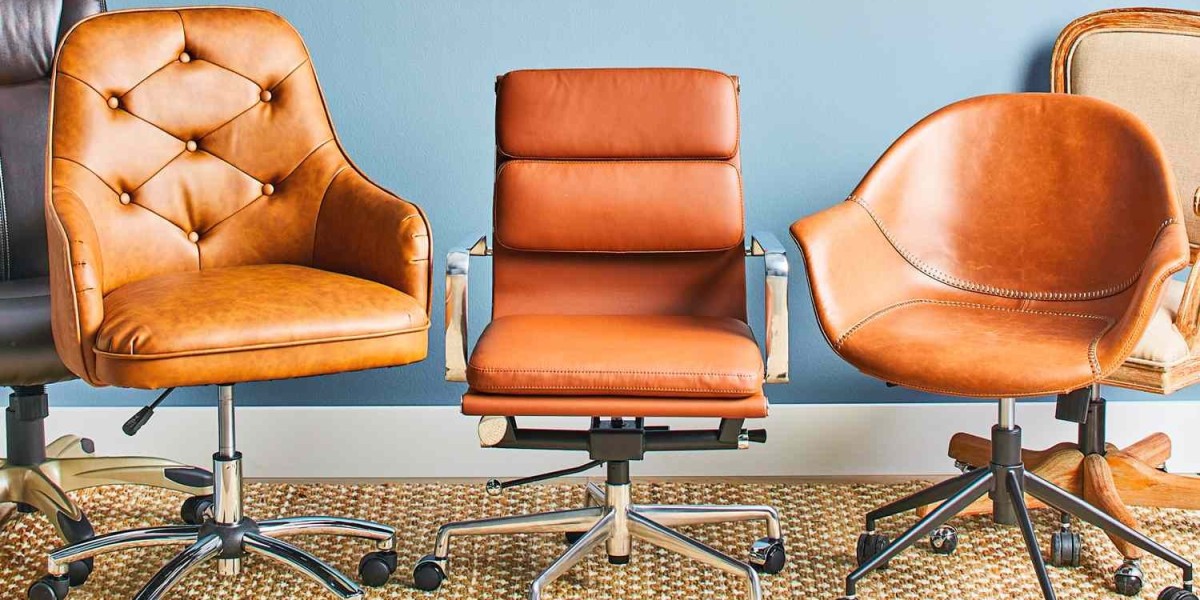Choosing office chairs for your staff is a critical decision that affects their comfort, productivity, and overall well-being. However, the process can be fraught with pitfalls if not approached thoughtfully. Here are common mistakes to avoid to ensure you select the best office chairs for your team:
1. Failing to Assess Individual Needs
Mistake
- Assuming that a one-size-fits-all approach will work for all employees without considering their individual needs and preferences.
Solution
- Conduct Assessments: Gather information on the specific needs of your staff, including any health concerns, height variations, and preferred features. Consider conducting surveys or having staff test various chair models to gather feedback.
2. Overlooking Ergonomic Features
Mistake
- Choosing chairs based on aesthetics or cost alone, without considering essential ergonomic features that support good posture and prevent discomfort.
Solution
- Prioritize Ergonomics: Look for chairs with adjustable lumbar support, seat height, armrests, and backrest tilt. Ensure that the chairs promote proper posture and provide adequate support for prolonged sitting.
3. Ignoring Chair Adjustability
Mistake
- Selecting chairs with limited adjustability, which may not accommodate different body types and sitting preferences.
Solution
- Ensure Comprehensive Adjustability: Choose chairs that offer a range of adjustable features, including seat depth, height, backrest tilt, and armrests. This allows users to customize the chair to their individual needs.
4. Neglecting Quality and Durability
Mistake
- Opting for cheaper chairs without considering their long-term durability, which can lead to frequent replacements and increased costs over time.
Solution
- Invest in Quality: Select chairs from reputable manufacturers known for quality and durability. Consider materials and construction that can withstand frequent use and provide long-term value.
5. Ignoring Office Environment and Space Constraints
Mistake
- Choosing chairs that don’t fit well with the office layout or are too bulky for the available space.
Solution
- Measure and Plan: Measure the available space and consider the office layout before purchasing. Choose chairs that fit comfortably within the space and complement the overall office design.
6. Failing to Consider Mobility Needs
Mistake
- Selecting static chairs that do not provide adequate mobility for employees who need to move around frequently.
Solution
- Opt for Mobility Features: Choose chairs with swivel bases and smooth-rolling casters to facilitate easy movement. Ensure the casters are suitable for the type of flooring in your office.
7. Overlooking Aesthetics and Office Design
Mistake
- Selecting chairs that clash with the office décor or do not contribute to a cohesive design.
Solution
- Match Design with Décor: Choose chairs that complement the office’s aesthetic and contribute to a cohesive design. Consider color, style, and material to ensure the chairs enhance the overall workspace.
8. Not Testing Chairs Before Purchase
Mistake
- Purchasing chairs without allowing staff to test them, leading to potential discomfort and dissatisfaction.
Solution
- Conduct Trials: Whenever possible, arrange for staff to test different chair models before making a final decision. Collect feedback to ensure the chairs meet comfort and ergonomic needs.
9. Ignoring Warranty and Return Policies
Mistake
- Overlooking warranty and return policies, which can be problematic if the chairs do not meet expectations or require repairs.
Solution
- Review Policies: Ensure the chairs come with a comprehensive warranty and return policy. This provides protection in case of defects or if the chairs do not meet the needs of your staff.
10. Focusing Solely on Price
Mistake
- Choosing chairs based primarily on price, which may lead to sacrificing essential features and quality.
Solution
- Balance Cost and Value: While budget considerations are important, balance them with the need for ergonomic features, durability, and comfort. Consider the long-term benefits of investing in higher-quality chairs.
11. Neglecting Maintenance and Cleaning Requirements
Mistake
- Failing to consider the ease of maintenance and cleaning, leading to potential issues with chair upkeep.
Solution
- Choose Easy-to-Clean Materials: Opt for chairs with removable and washable covers or materials that are easy to clean. This helps maintain hygiene and prolongs the lifespan of the chairs.
12. Ignoring Employee Feedback
Mistake
- Making decisions without involving employees or considering their feedback on comfort and functionality.
Solution
- Involve Employees: Engage staff in the selection process and gather their input on chair options. Their feedback can provide valuable insights into what works best for their individual needs.
Conclusion
Avoiding these common mistakes can help you select office chairs that enhance comfort, support, and productivity for your staff. By prioritizing ergonomic features, considering individual needs, and ensuring quality and durability, you can make an informed decision that benefits both your employees and your organization in the long run.








